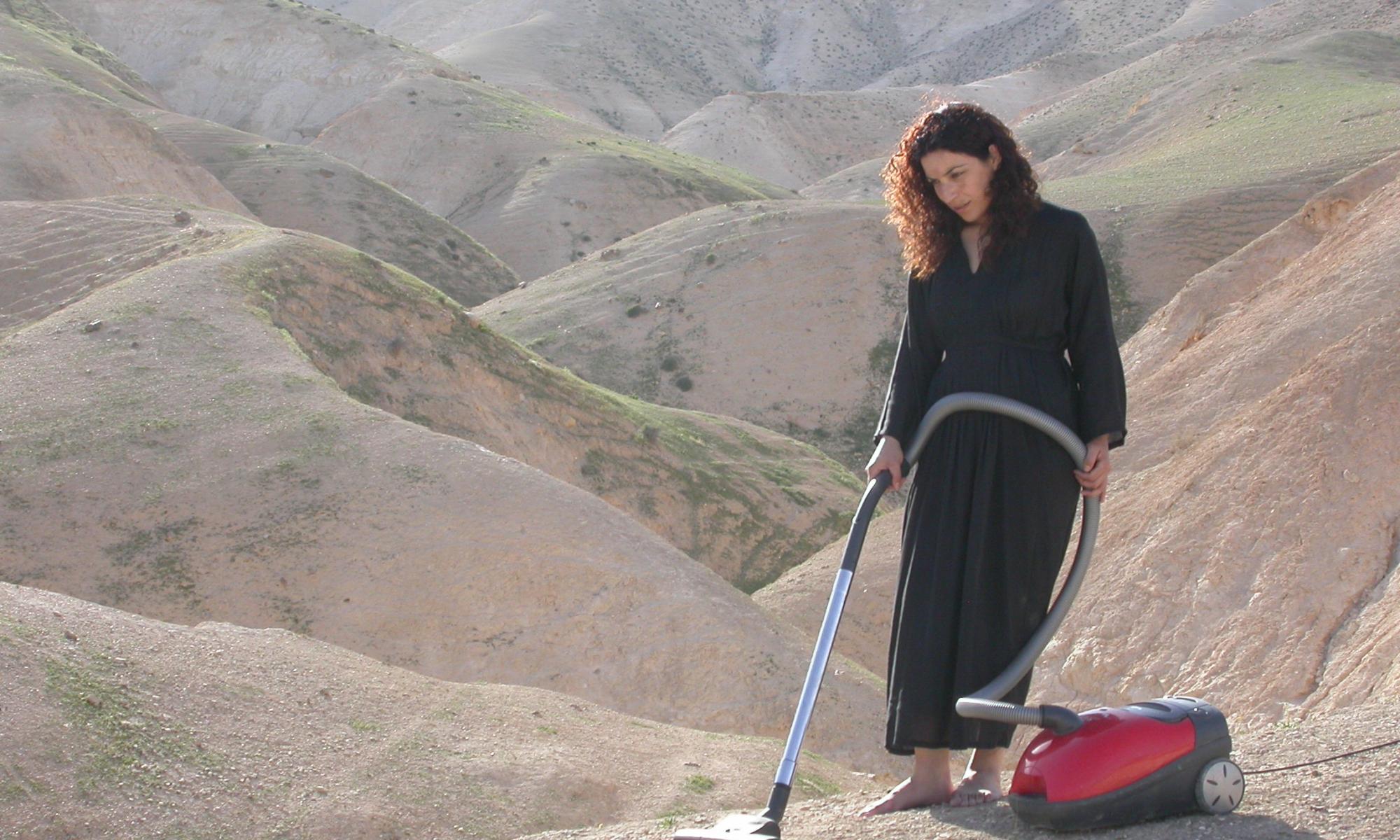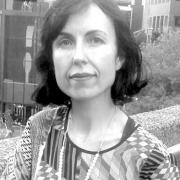Particularity: Swarms, Storms and Other Matters
In Henry David Thoreau’s proto-environmentalist classic Walden, the archetypal nature-lover tries to bring some of the great outdoors inside. He introduces three magnificent chunks of limestone into the ecology of his writing desk, only to find that the displaced rocks require daily dusting. He throws them out the window in disgust, declaring: ‘I would rather sit in the open air, for no dust gathers on the grass, unless where man has broken ground’.(1) Thoreau implies that dust is an artefact of culture, concomitant with civilisation, unknown in the wilderness. This rings true: from cobwebbed catacombs to the grey velvet mat across the top of the DVD player. But what about deserts, those wild silos of dust? Growing awareness of desertification indicates that civilisation might be responsible for those shifty ex-territories too. Even Australia, if we are to believe Tim Flannery’s Future Eaters, was once a rainforest paradise, not the red desert it became after human colonisation and ‘firestick farming’.(2) Meanwhile, the deserts of the Middle East are both source and residue of culture as we have come to know it in the ‘civilised’ world, via the trifecta of meat, wheat and monotheism.(3)
**
(1) Henry David Thoreau, Walden, or Life in the Woods, Dover Publications, New York, 1995, p. 23.
(2) Tim Flannery, The Future Eaters, An Ecological History of the Australasian Lands and People, Chatswood, NSW, Reed Books, 1994.
(3) Obviously meat is eaten wherever humans find themselves, but the livestock varieties we breed so efficiently for slaughter—sheep, goats and cows—all have Middle Eastern origins. Reza Negarestani sees desertification as a deliberate jihadi strategy, since ‘militant horizontality’ is the ‘promised land of the Divine’. Reza Negarestani, Cyclonopedia: Complicity with Anonymous Materials, re.press, Melbourne, 2008, p. 18.
Image: Raeda Saadah, Vacuum, 2007, Two-channel video installation, 17.00 mins, Courtesy of the artist.
/div>



_0-itok=deLwj_af.jpg)